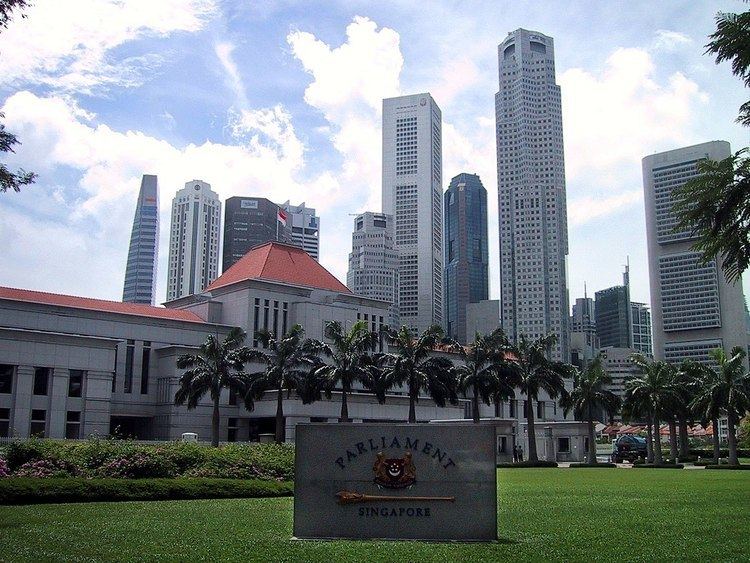Type Unicameral Seats 18 | Established 1957 Last election 2 December 2012 | |
 | ||
Voting system Direct non-competitive elections | ||
The Central Executive Committee (CEC) is the highest ruling committee within Singapore's People's Action Party (PAP) and its "inner circle". The internal concentration of power in the PAP is vested in the CEC, headed by the secretary general, the PAP's internally most powerful position.
Contents
From the 1950s to 1984, most of Singapore's influential leaders were members of the CEC, as well as the Cabinet of Singapore and the Defence Council of Singapore. The election of the CEC through the PAP cadre system has been described as a "closed system" in which "the cardinals appoint the pope and the pope appoints the cardinals".
Formation
The PAP's organisational structure has Leninist roots whereby a group of elite PAP members known as cadres elect 18 CEC members from a list of candidates. Originally when this structure was organised in 1957, the outgoing committee recommended a list of candidates for the next CEC. This has been changed recently so that the CEC nominates eight members and the party caucus selects the remaining ten.
The cadre system was started in 1957 by Toh Chin Chye, in an effort to prevent the popular leftist faction of the PAP, which dominated the early Party at the grassroots level and many of its committees, and composed much of its early membership, from ever taking control of the CEC again.
Before 1957, every party member could vote in CEC elections. However, on August 9, 1957, the leftists took control of the CEC, and the original founders (the "Peranakan Circle") lost control. After Lim Yew Hock, cracked down on many of the leftist leaders in the CEC in 1957 (as well as many non-PAP leftist leaders in general), the Peranakan Circle regained control of the CEC.
First generation dynamics
The core of the PAP, the members of the first generation CEC began much of their chemistry as a basement group in the Lee Kuan Yew's house. S Rajaratnam described the CEC's tight-knit dynamics as a small jazz band, where "each musician plays the same melody, but is with considerable latitude in the precise manner in which he backs up the others". Although party elections caused various members to enter and leave -- overlooking the brief 1957 loss of power to the leftists -- the core of the first generation of the CEC remained roughly the same for several election cycles up until 1984.
Singaporean Prime Minister, Lee Kuan Yew was the core and firm centre of the CEC, providing "forceful leadership", in the words of political scientist Tilman. However, Tilman argues he was not the strongman of the political system as is wont to be found in many developing nations, as Lee could be opposed "cautiously" by other CEC members if dissent or resistance to Lee's policies became necessary.
Most internal disputes within the CEC were confined to the CEC. Generally, the team would work out a consensus in the Prime Minister's office; contentious issues were often mostly resolved by Lee's one-on-one discussions with individual CEC members. Having been previously resolved informally, the debates that the CEC would carry out before any of the "institutional policy-making forums" (Parliament, Cabinet, etc.) were thus mostly ceremonial. At these forums, the CEC would exhibit total unity. Differences in the CEC rarely emerged as part of a larger group; dissenting CEC members would voice their dissent in private to Lee Kuan Yew.
